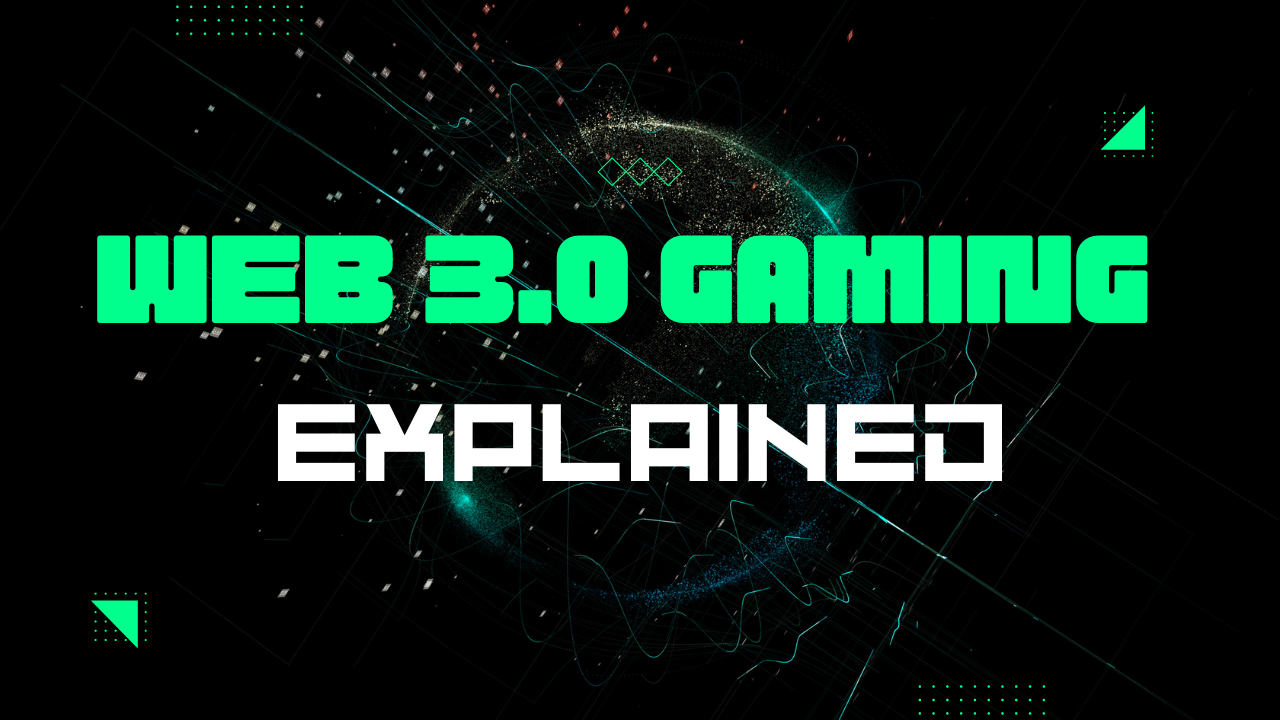The gaming industry is evolving at a breakneck pace, and one of the most exciting developments is the emergence of Web3 gaming. But what exactly does this mean? For beginners, the concepts of blockchain technology, NFTs, play-to-earn models, and player ownership can be quite overwhelming. This post aims to break down these core concepts to help you understand the revolution that is Web3 gaming.
What is Web3 Gaming?
Web3 gaming represents a new paradigm in the gaming world, where games are built on blockchain technology. Unlike traditional games, where in-game assets are controlled by game developers, Web3 games leverage blockchain to give players true ownership of their assets.
Image suggestion 1: Diagram illustrating the difference between traditional and Web3 gaming models.
Blockchain Technology in Gaming
At the heart of Web3 gaming is blockchain technology, a decentralized ledger that records transactions across multiple computers. This decentralization ensures transparency, security, and immutability of in-game assets.
Image suggestion 2: Visual representation of a blockchain with gaming elements like avatars and items.
NFTs and Player Ownership
Non-Fungible Tokens (NFTs) are unique digital assets verified using blockchain technology. In Web3 gaming, NFTs can represent in-game items like weapons, skins, and even virtual real estate. These assets can be bought, sold, and traded outside the game environment, giving players real ownership.
Image suggestion 3: Example of a popular NFT from a Web3 game, showing its unique attributes and transaction history.
Play-to-Earn Models
One of the most revolutionary aspects of Web3 gaming is the play-to-earn model. Instead of paying to play, players can earn cryptocurrency or NFTs through their gameplay. This model is driving a shift towards a more inclusive and player-centric gaming economy.
Is Play-to-Earn Sustainable?
The Quantum Challenge
Quantum computers harness the bizarre properties of quantum mechanics to perform calculations that are impossible for traditional computers. While still in their early stages, these machines have the potential to break the encryption behind RSA and ECC within minutes, exposing sensitive data and wreaking havoc on online security.
Challenges of Play-to-Earn
One of the main challenges facing P2E models is token inflation. As more players earn in-game tokens, their value can decrease if not managed properly. Additionally, there’s the risk of exploitation, where players might game the system to earn tokens without genuine engagement.
Image suggestion 1: Graph showing token value fluctuation in a P2E game.
Potential Solutions
To ensure sustainability, game developers need to implement mechanisms to control token supply and demand. This can include token burn rates, staking mechanisms, and other economic controls.
Image suggestion 2: Illustration of a balanced token economy in a P2E game.
Beyond Play-to-Earn
Future Possibilities of Web3 Gaming
Looking beyond the current P2E model, the future of Web3 gaming holds exciting possibilities. Interoperable assets, metaverse integration, and community ownership are just a few concepts that could redefine the gaming landscape.
Image suggestion 3: Concept art of a metaverse with interconnected games and player-owned assets.
Conclusion
Web3 gaming is not just a technological advancement; it’s a revolution that is transforming the gaming industry. By understanding blockchain technology, NFTs, and play-to-earn models, we can appreciate the shift towards a more player-centric gaming economy. The challenges are real, but the future possibilities are even more exciting.
Stay tuned for future posts where we’ll delve deeper into specific aspects of Web3 gaming, explore real-world implementation strategies, and discuss the evolving landscape of blockchain technology and its impact on the gaming industry.
